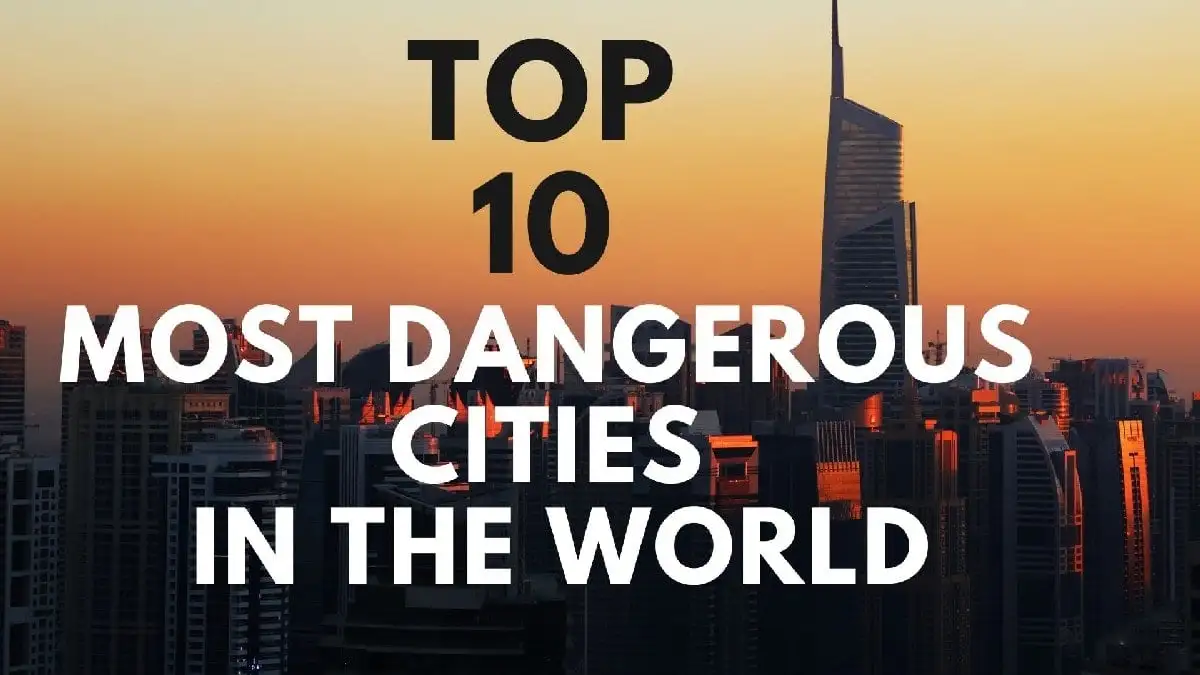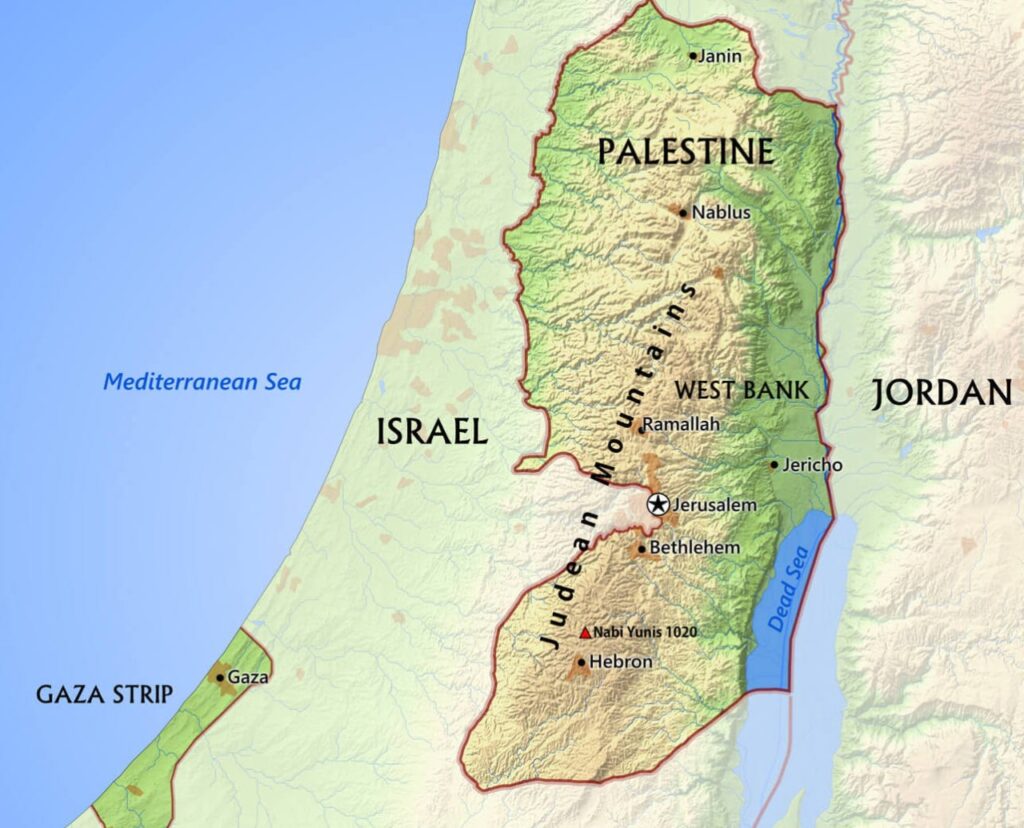Introduction
Urbanization is a defining trend of the 21st century, with more people than ever before living in cities. However, alongside the benefits of urban life come inherent risks, particularly in cities where crime rates are high, social inequalities are stark, and governance is weak. Understanding the factors that contribute to urban insecurity is crucial for policymakers, urban planners, and residents alike.
Factors Contributing to Urban Insecurity
Fun Fact
While violence and crime are significant factors contributing to urban insecurity, other factors such as poverty, social inequality, political instability, and weak governance also play a role.
Crime and Violence
High levels of crime, including homicide, robbery, and assault, are common characteristics of dangerous cities, often fueled by factors such as poverty, unemployment, and drug trafficking.
Gang Activity
Gangs and organized crime groups contribute to urban insecurity by engaging in drug trafficking, extortion, and other illicit activities, often leading to violent conflicts and instability.
Social Inequality
Widening gaps between rich and poor exacerbate social tensions and contribute to feelings of marginalization and exclusion among disadvantaged communities, fostering conditions conducive to crime and violence.
Political Instability
Cities affected by political unrest, civil conflict, or terrorism face heightened levels of insecurity, with residents living in fear of violence, displacement, and human rights abuses.
Weak Governance
Inadequate law enforcement, corruption, and ineffective governance contribute to urban insecurity by allowing criminal networks to operate with impunity and undermining public trust in institutions.
The Impact of Urban Insecurity
Urban insecurity has profound consequences for individuals, communities, and societies at large, affecting various aspects of daily life, including:
Public Safety
Residents of dangerous cities face constant threats to their safety and well-being, leading to increased fear, stress, and trauma.
Economic Development
Urban insecurity hampers economic growth and development by discouraging investment, stifling entrepreneurship, and undermining tourism and commerce.
Social Cohesion
High levels of crime and violence erode social cohesion and trust within communities, exacerbating social divisions and hindering collective efforts to address urban challenges.
Health and Well-being
The prevalence of violence and crime in dangerous cities has detrimental effects on physical and mental health, leading to injuries, substance abuse, and mental health disorders.
Efforts to Address Urban Insecurity
Fun Fact
Despite the challenges posed by urban insecurity, many cities around the world are implementing innovative strategies and initiatives to enhance public safety and reduce crime and violence.
Community Policing
Engaging communities in crime prevention efforts and building trust between law enforcement agencies and residents is a cornerstone of effective urban security strategies.
Social Programs
Investing in education, employment opportunities, and social services for disadvantaged communities helps address underlying factors contributing to crime and violence, such as poverty and social exclusion.
Urban Planning
Designing cities with safety and security in mind, including well-lit public spaces, accessible transportation networks, and mixed-use development, can help reduce opportunities for crime and improve the quality of life for residents.
International Cooperation
Addressing transnational threats such as drug trafficking, human trafficking, and terrorism requires cooperation and coordination between cities, national governments, and international organizations.
Conclusion
In conclusion, the most dangerous cities in the world face complex challenges that threaten the safety, security, and well-being of their residents. Addressing urban insecurity requires a multifaceted approach that addresses the root causes of crime and violence, promotes social inclusion and economic opportunity, and fosters collaboration between governments, communities, and stakeholders. By working together to build safer, more resilient cities, we can create environments where all residents can thrive and prosper.
What is the 1st most dangerous city?
The title of the “most dangerous city” often varies depending on the criteria used for assessment, including crime rates, violence levels, and other factors. However, some cities frequently cited as among the most dangerous include Caracas, Venezuela; San Pedro Sula, Honduras; and Acapulco, Mexico.
What is the top 10 dangerous city?
The list of the top 10 most dangerous cities can vary based on different sources and methodologies. However, cities consistently appearing on such lists include Tijuana, Mexico; Cape Town, South Africa; St. Louis, USA; San Salvador, El Salvador; and Ciudad Juarez, Mexico.
Which city in the world has the highest crime rate?
Cities with high crime rates are found in various regions around the world. Caracas, Venezuela, is often cited as having one of the highest crime rates globally, with high levels of violent crime, including homicides and armed robberies.
Which country has the most crime?
The level of crime varies from country to country, and the title of “most crime” can depend on factors such as population size, crime reporting methods, and socio-economic conditions. However, countries with high crime rates include Venezuela, South Africa, Brazil, and Mexico.
Which country has 0 crime rate?
While no country can claim to have zero crime, some countries have lower crime rates compared to others due to factors such as effective law enforcement, social cohesion, and economic stability. Countries often cited as relatively safe include Iceland, Singapore, Japan, and Switzerland.
What country is first in crime rate?
The title of “first in crime rate” can vary depending on the specific crime being measured and the methodology used for assessment. However, countries such as Venezuela, South Africa, and Brazil often rank high in terms of overall crime rates, including homicides and violent crimes.
What country is the safest?
Countries with low crime rates, effective law enforcement, and stable socio-political environments are often considered among the safest. Examples include Iceland, Singapore, Japan, Switzerland, and Norway.
Which state has the highest crime rate?
In the United States, states with large urban centers and socio-economic challenges often have higher crime rates. States such as Alaska, New Mexico, Louisiana, and Tennessee have been cited for having relatively high crime rates compared to others.
Which is India’s No 1 crime state?
In India, states such as Uttar Pradesh, Maharashtra, Bihar, and Madhya Pradesh are often cited for having higher crime rates compared to others, with factors such as population density, urbanization, and socio-economic disparities influencing crime levels.
What is the safest state?
In terms of safety and low crime rates, states such as Kerala, Goa, and Himachal Pradesh in India are often considered relatively safer compared to others, with factors such as strong social cohesion, effective law enforcement, and stable governance contributing to their safety profiles.
- 6 Amphitheaters Of Ancient Rome - July 26, 2024
- Colorado Maps & Facts - July 15, 2024
- Countries With The Most Blue-Eyed People - July 15, 2024




